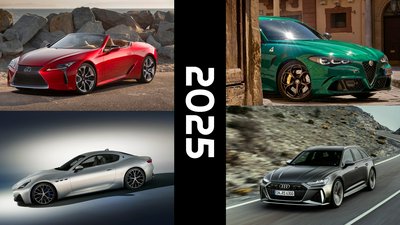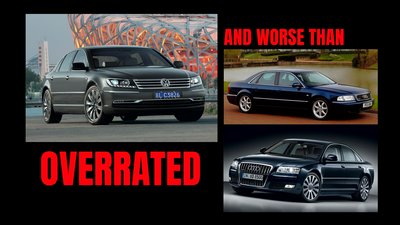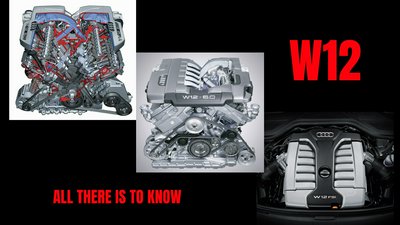techXXX
Three Stages of the VW-Audi NA W12 Engine
Today, I go over the three stages of the naturally-aspirated version of the VW-Audi W12 engine; they correspond with three generations of Audi A8s in which a W12 was fitted. I will highlight the unique design elements of the W12 in detail, too.
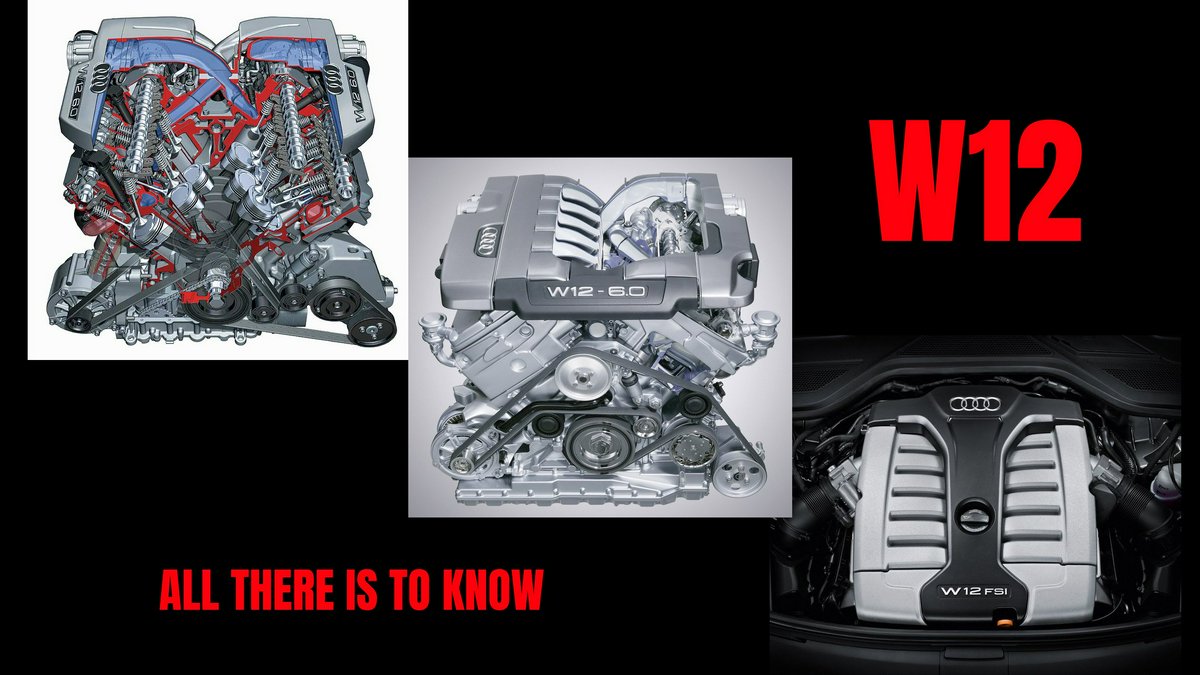
The Volkswagen-Audi W12 engine is a curious case that, while less ideal than V12 in terms of smoothness and power potential, is an engineering marvel that marked the height of German internal combustion engine development. It is destined among future classics. Today, I go over the three stages of the naturally-aspirated version of this engine; they correspond with three generations of Audi A8s in which a W12 was fitted. Unlike my previous articles on engine evolution, I will highlight the unique design elements of the W12 in detail, too.
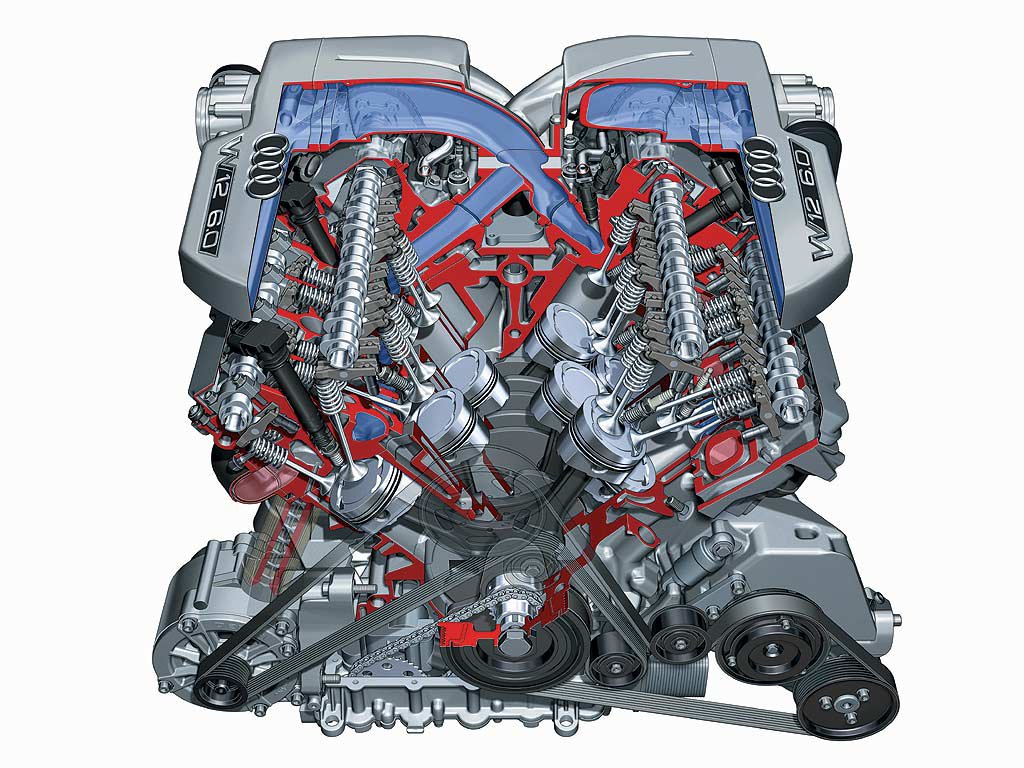
The Rise of the W12 (dry sump, Euro 3, 420PS)
In 2001, the original VW-Audi W12 debuted in the D2 Audi A8. Its engine code is AZC. Like future iterations, it comprises two 15-degree VR6 banks at a 72-degree angle. Thanks to split crank pins, the engine has an even firing order. It displaces 5998 cm3. The entire block is made of Alusil, and the crankshaft is forged.
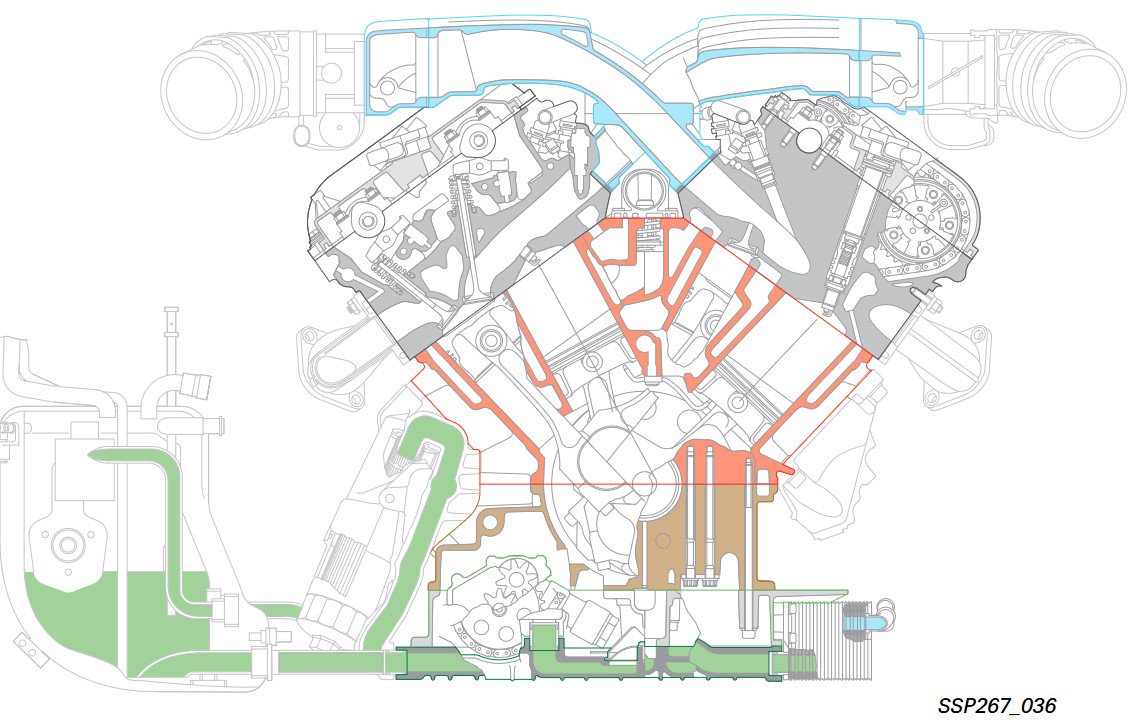
The unique feature of the original 420PS, Euro 3-compliant W12 is its dry sump lubrication setup with two scavenge pumps and a pressure pump, all driven by the same sprocket via chain drive at the front of the engine. All pumps are of the external gear type known for simplicity and robustness. Oil flow is mostly through the sump, without external pipes common in, say, BMWs. Needless to say, the dry sump setup makes the rare D2 A8 W12, especially in SWB guise, very special and somewhat collectible.
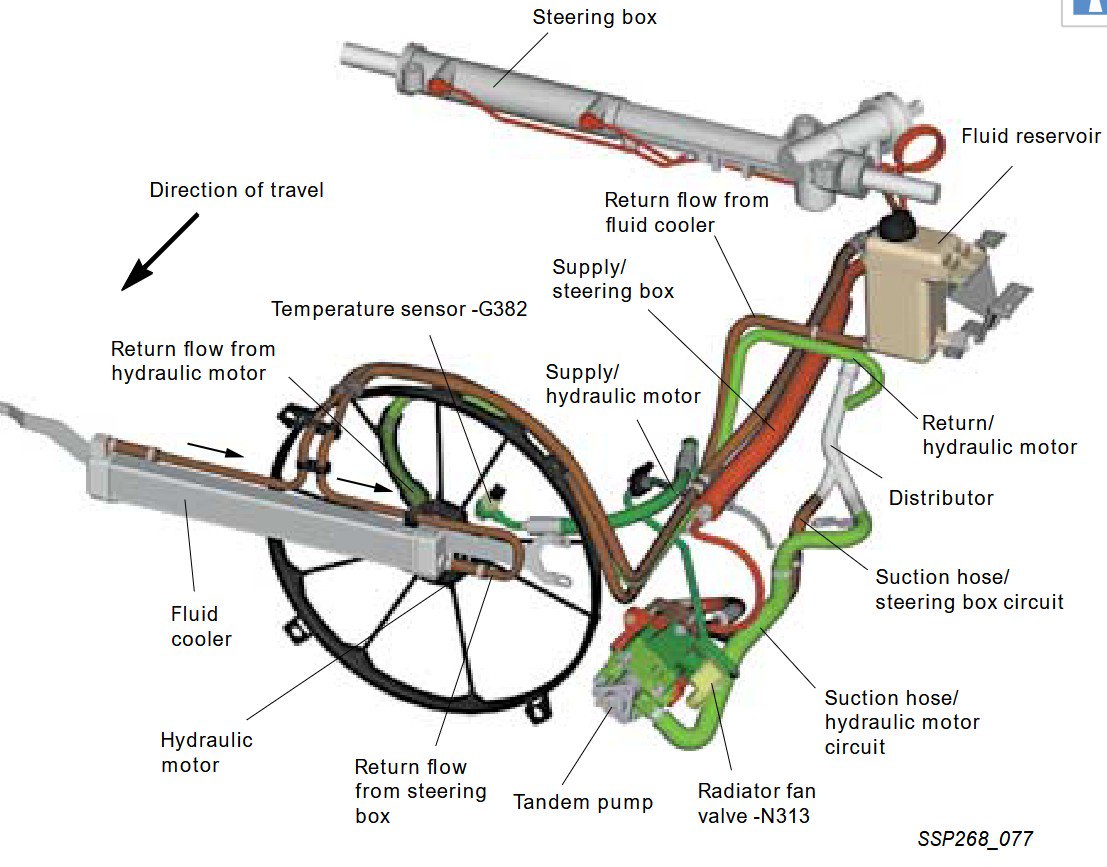
In terms of cooling, VW knew that the compact W12 engine presents a challenge. Unlike BMW who intentionally used a 105-degree thermostat, VW added an electric water pump to the mechanical one. This makes for one of the more complicated heat management system even for a German engine. The car is also equipped with a unique hydraulic fan system on top of an electric fan. The hydraulic fan is driven by a tandem pump that also has a power steering section.
With two sub-banks in each cylinder bank in a cross-flow setup, the W12 has unequal-length intake and exhaust runners. Correspondingly, the camshaft timing is slightly different for the inner and outer cylinders to ensure even running. An innovation was the adoption of continuously-variable valve timing for both intake and exhaust cams. Surprisingly, it has proven to be rather reliable, a blessing due to the timing component being located at the rear of the engine.
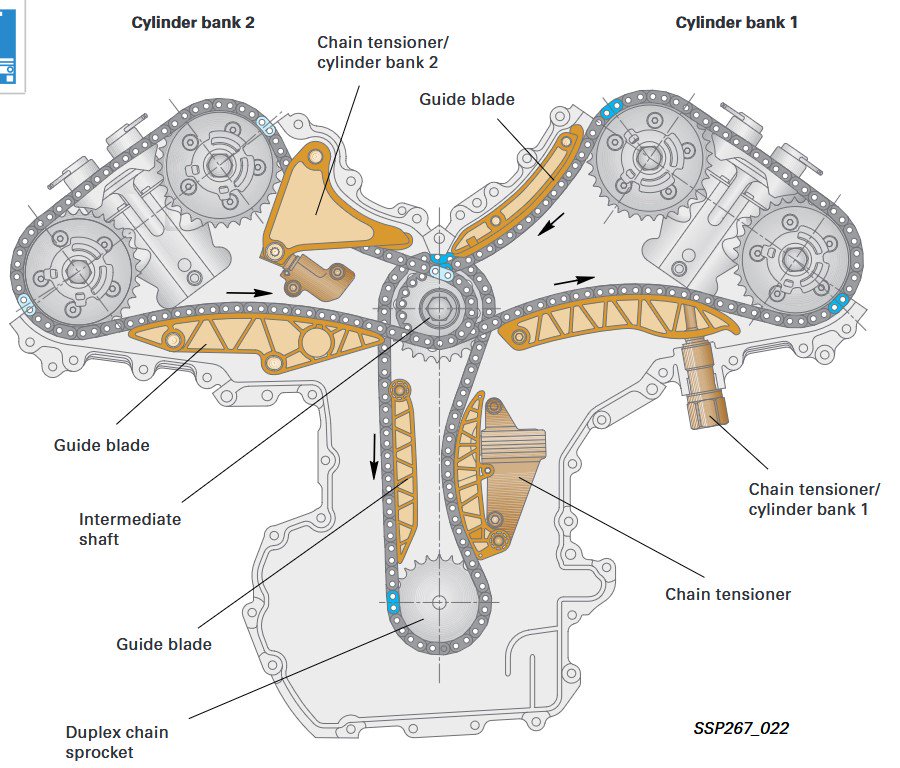
This timing system consists of a duplex primary chain that drives an intermediary gear. The intermediary gear in turn drives each bank via simplex chains. Thanks to the relatively low tension, the system has proven exceptionally robust. Even the plastic timing guides seldom fail.
A common misconception is that the W12 uses a balance shaft. It absolutely does not. Instead, electrically actuated engine mounts are used to combat vibrations.
The original W12 has four primary catalytic converters that merge into two main catalytic converters. They go into an X-pipe that feed into two consecutive silencers. Like other D2 A8s, the car has dual exhaust pipes, though the W12 also has an exhaust flap on one of them.
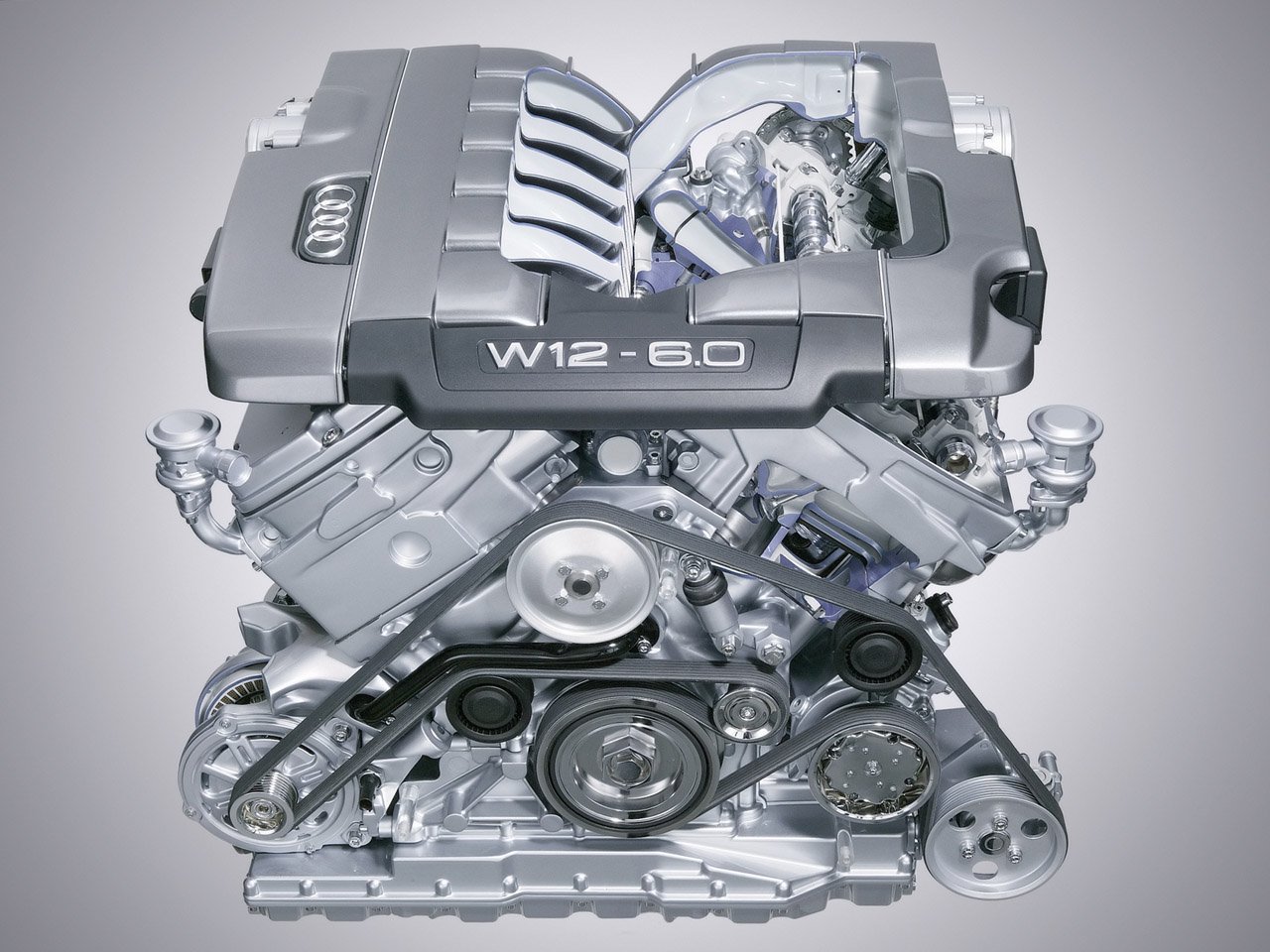
The Height of the W12 (wet sump, Euro 4, 450PS)
In 2003, an updated W12 emerged, first in the D3 A8, followed by the Phaeton and the Touareg. It is identified with an engine code that starts with the letter “B”. I will refer to it as “B-series” henceforth. This Euro 4-compliant version is rated at 450PS and is recommended to run on 95 RON rather than 98 RON.
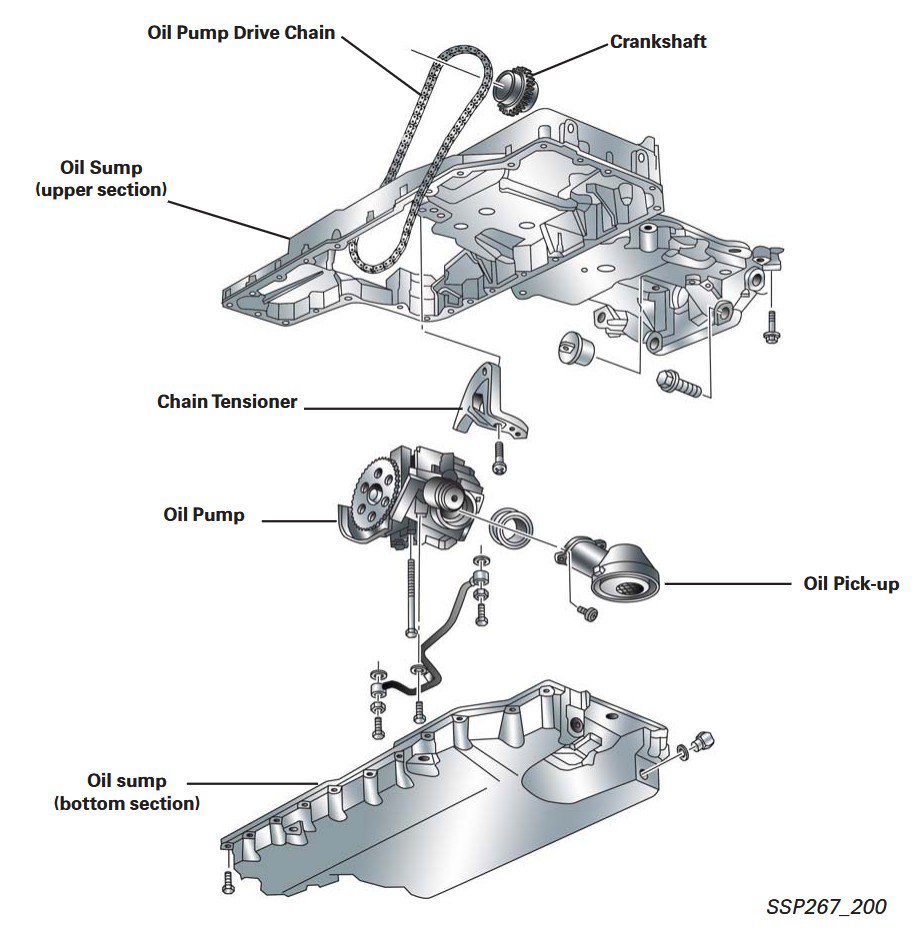
Many do not realize the many differences VW had made. Notably, the B-series has a conventional wet sump setup. This is a gigantic sump, requiring 12.5L, even more than the 10.5L in the original W12. Naturally, the oil pump is much simpler as a result. Also changed is the location of the engine oil cooler, which now is next to the oil filter housing. Plus, the crankcase ventilation system is completely different, since the dry sump is removed. Personally, I guess this simpler system is more robust but has higher oil consumption even when functioning properly.
In the cooling system, gone is the hydraulic fan and its tandem pump. Instead, two electric fans are adopted. VW-Audi also added an “After Run Coolant Pump” that continues to run after engine shutoff.
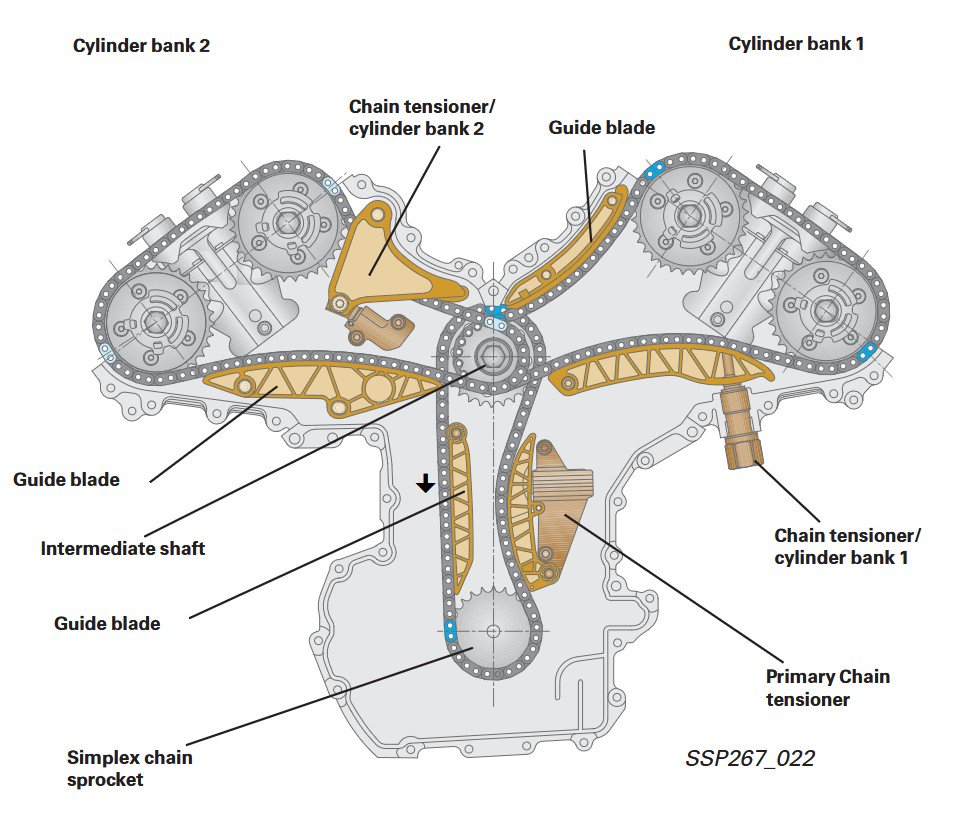
In the timing system, the duplex primary chain is replaced by a simplex chain in the B-series. Needless to say, this change is not conducive to longevity, even though the B-series W12 is not known to experience failures in the timing system.
Lastly, the exhaust system in the B-series is also simplified. It has only four catalytic converters, at the location of the original primary cats. Four exhaust pipes flow into two front silencers, then one centre silencer, and finally two rear silencers, one for each side. Both rear silencers have dual exhaust tips, one of which comes with a vacuum-controlled flap.
Overall, the 450PS B-series W12 is a simpler, lower-cost product that nonetheless has proven to be reliable, more so than the BMW N73 of the period. Early Bentley W12s are turbocharged variants of this unit.
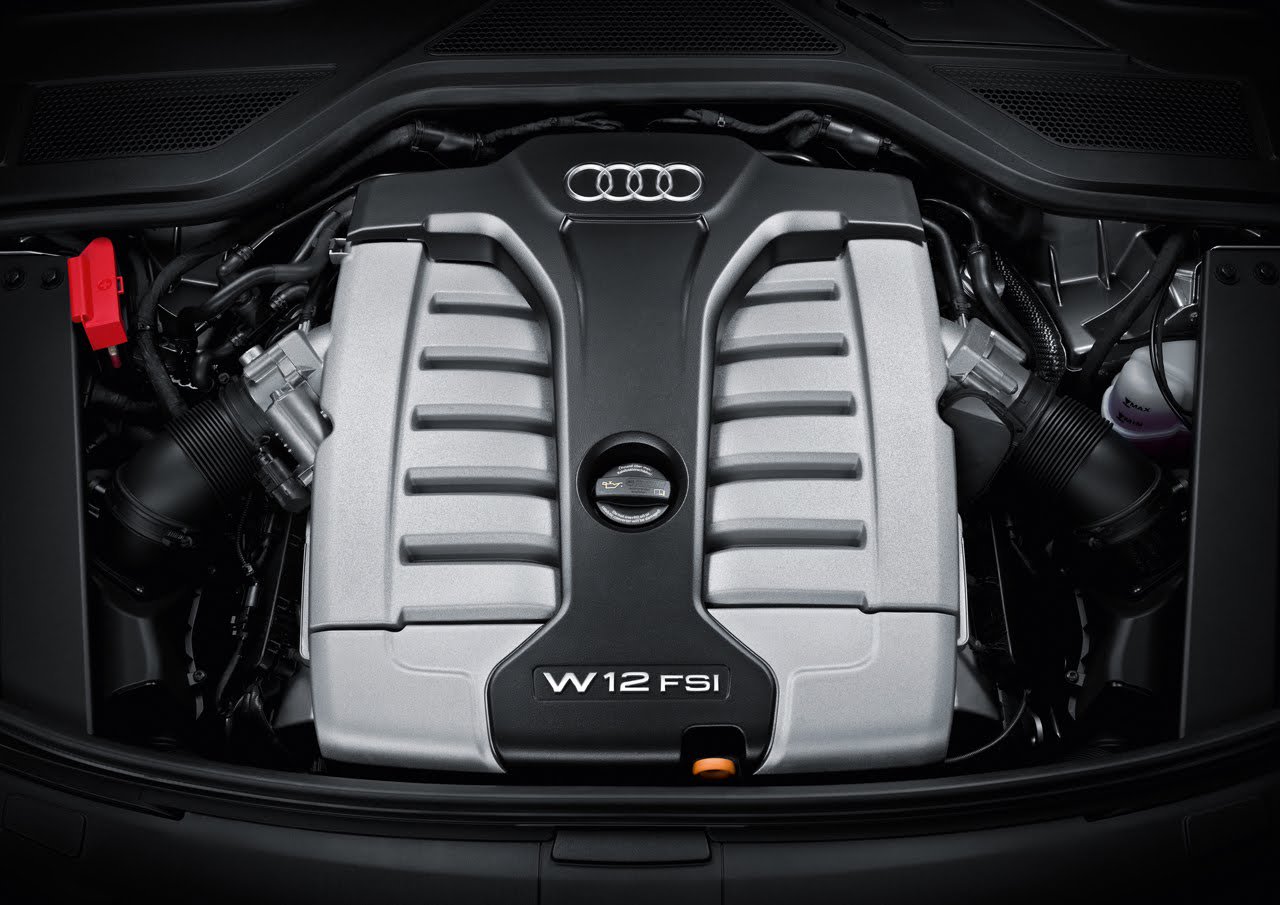
The Last of the W12 (FSI, Euro 5, 500PS)
In 2010, the final 6.3 FSI W12 was introduced with extensive mechanical updates. Its engine code is CEJA. The Euro 5-compliant C-series displaces 6299cm3.
Most notably, the latest W12 is direct injected. It uniquely uses injectors of two sizes, one for the outer cylinders and one for the inner ones.

To comply with stricter emission standards, this W12 comes with a new crankcase ventilation system that is more efficient. An important note is that the oil filler cap now leads to the oil separator instead of the engine head; hence, it is crucial to fill engine oil slowly so as not to flood the crankcase breather, which would then flood the intake manifold and hydrolock the engine. Another change in the oiling system is the relocation of the oil filter. Also moved were the secondary air pumps, which now have their own air filter.
The C-series comes with fully forged internals. Its timing system is redesigned, with tensioning gears that replaced tensioning guides on the secondary chains.
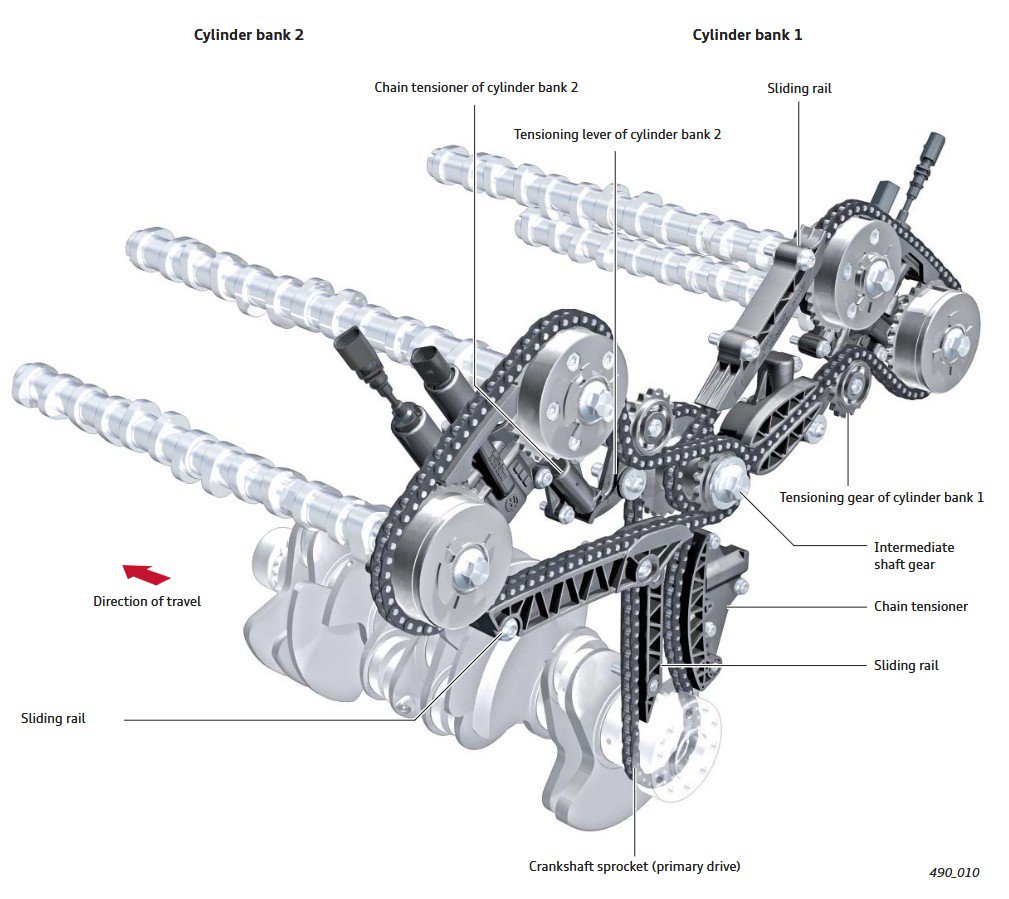
Epilogue
Overall, the W12 is arguably the best petrol engine made by VAG this century, certainly before the introduction of the EA825. It is consistently underrated, too. Unfortunately, the W12 is mostly found in LWB sedans, even though SWB A8s looked among the better ones in their German company throughout the 2000s.
Complexity: A > C > B
Collectability: A > C > B
Reliability: B > C > A
Price: C > A > B
Collectability: A > C > B
Reliability: B > C > A
Price: C > A > B

